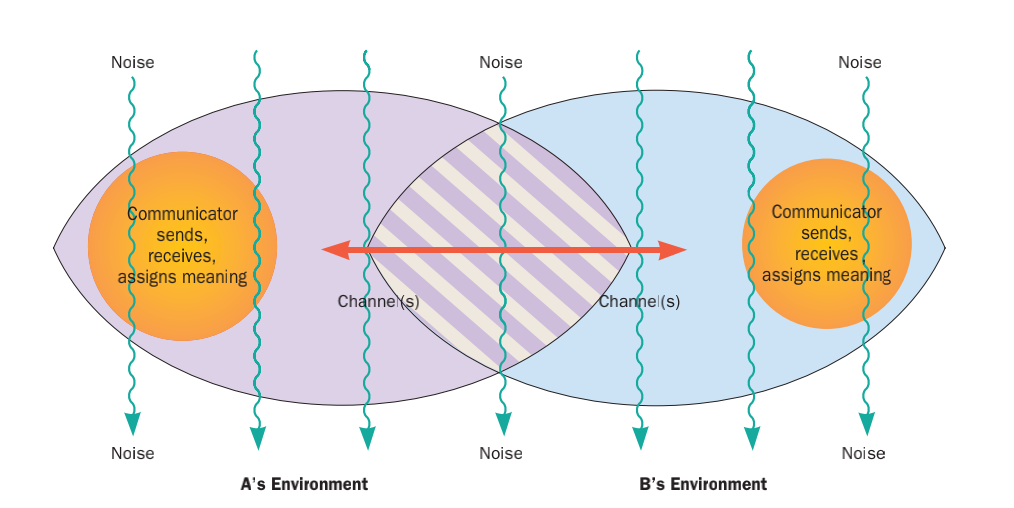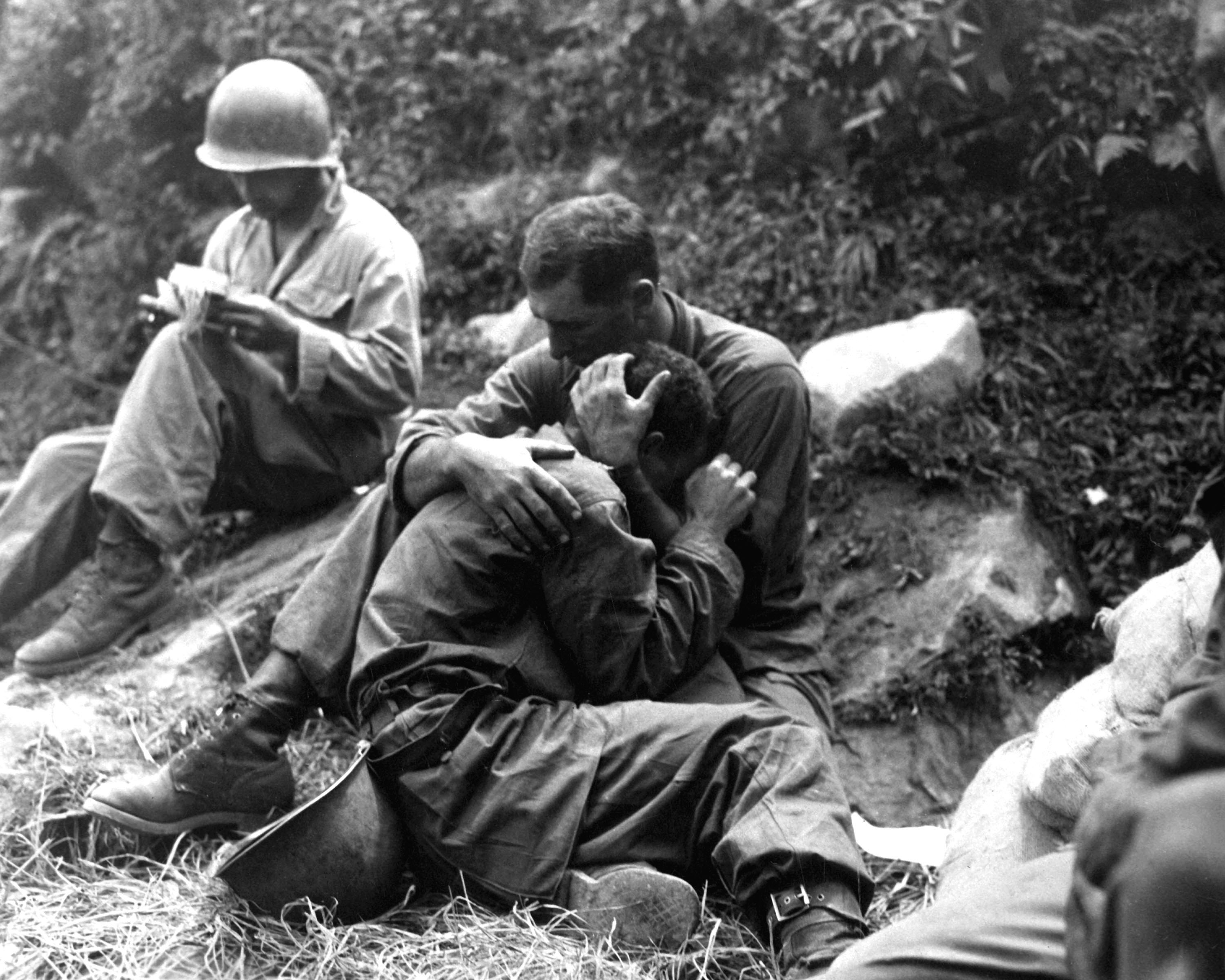|
Relational Dialectics
Relational dialectics is an interpersonal communication theory about close personal ties and relationships that highlights the tensions, struggles and interplay between contrary tendencies. The theory, proposed respectively by Leslie Baxter and Barbara Montgomery in 1988, defines communication patterns between relationship partners as the result of endemic ''dialectical tensions''. Dialectics are described as the tensions an individual feels when experiencing paradoxical desires that we need and/ or want. The theory contains four assumptions, one of them being that relationships are not one dimensional, rather, they consist of highs and lows, without moving in only one direction. The second assumption claims that change is a key element in relational life, in other words, as our lives change, our relationships change with it. Third, is the assumption that, “contradictions or tensions between opposites never go away and never cease to provide tension,” which means, we will alwa ... [...More Info...] [...Related Items...] OR: [Wikipedia] [Google] [Baidu] |
Interpersonal Communication
Interpersonal communication is an exchange of information between two or more people. It is also an area of research that seeks to understand how humans use verbal and nonverbal cues to accomplish a number of personal and relational goals. Interpersonal communication research addresses at least six categories of inquiry: 1) how humans adjust and adapt their verbal communication and nonverbal communication during face-to-face communication; 2) how messages are produced; 3) how uncertainty influences behavior and information-management strategies; 4) deceptive communication; 5) relational dialectics; and 6) social interactions that are mediated by technology. A large number of scholars have described their work as research into interpersonal communication. There is considerable variety in how this area of study is conceptually and operationally defined.Knapp & Daly, 2011) Researchers in interpersonal communication come from many different research paradigms and theoretical tra ... [...More Info...] [...Related Items...] OR: [Wikipedia] [Google] [Baidu] |
Friendship
Friendship is a relationship of mutual affection between people. It is a stronger form of interpersonal bond than an "acquaintance" or an "association", such as a classmate, neighbor, coworker, or colleague. In some cultures, the concept of friendship is restricted to a small number of very deep relationships; in others, such as the U.S. and Canada, a person could have many friends, plus perhaps a more intense relationship with one or two people, who may be called ''good friends'' or ''best friends''. Other colloquial terms include ''besties'' or ''Best Friends Forever'' (''BFF''s). Although there are many forms of friendship, some of which may vary from place to place, certain characteristics are present in many such bonds. Such features include choosing to be with one another, enjoying time spent together, and being able to engage in a positive and supportive role to one another. Sometimes friends are distinguished from family, as in the saying "friends and family", and ... [...More Info...] [...Related Items...] OR: [Wikipedia] [Google] [Baidu] |
Uncertainty Reduction Theory
The uncertainty reduction theory, also known as initial interaction theory, developed in 1975 by Charles Berger and Richard Calabrese, is a communication theory from the post-positivist tradition. It is one of the few communication theories that specifically looks into the initial interaction between people prior to the actual communication process. The theory asserts the notion that, when interacting, people need information about the other party in order to reduce their uncertainty. In gaining this information people are able to predict the other's behavior and resulting actions, all of which according to the theory is crucial in the development of any relationship. Berger and Calabrese explain the connection between their central concept of uncertainty and seven key variables of relationship development with a series of axioms, and deduce a series of theorems accordingly. Within the theory two types of uncertainty are identified; cognitive uncertainty and behavioral uncertainty. ... [...More Info...] [...Related Items...] OR: [Wikipedia] [Google] [Baidu] |
Utterance
In spoken language analysis, an utterance is a continuous piece of speech, often beginning and ending with a clear pause. In the case of oral languages, it is generally, but not always, bounded by silence. Utterances do not exist in written language; only their representations do. They can be represented and delineated in written language in many ways. In oral/spoken language, utterances have several characteristics such as paralinguistic features, which are aspects of speech such as facial expression, gesture, and posture. Prosodic features include stress, intonation, and tone of voice, as well as ellipsis, which are words that the listener inserts in spoken language to fill gaps. Moreover, other aspects of utterances found in spoken languages are non-fluency features including: voiced/un-voiced pauses (i.e. "umm"), tag questions, and false starts, or when someone begins uttering again to correct themselves. Other features include fillers (i.e. "and stuff"), accent/dialect, d ... [...More Info...] [...Related Items...] OR: [Wikipedia] [Google] [Baidu] |
Dialogue
Dialogue (sometimes spelled dialog in American and British English spelling differences, American English) is a written or spoken conversational exchange between two or more people, and a literature, literary and theatrical form that depicts such an exchange. As a philosophy, philosophical or didactic device, it is chiefly associated in the West with the Socratic dialogue as developed by Plato, but antecedents are also found in other traditions including Indian literature. Etymology The term dialogue stems from the Greek διάλογος (''dialogos'', conversation); its roots are διά (''dia'': through) and λόγος (''logos'': speech, reason). The first extant author who uses the term is Plato, in whose works it is closely associated with the art of dialectic. Latin took over the word as ''dialogus''. As genre Antiquity and the Middle Ages Dialogue as a genre in the Middle East and Asia dates back to ancient works, such as Sumerian disputations preserved in copies fro ... [...More Info...] [...Related Items...] OR: [Wikipedia] [Google] [Baidu] |
Autism Spectrum
The autism spectrum, often referred to as just autism or in the context of a professional diagnosis autism spectrum disorder (ASD) or autism spectrum condition (ASC), is a neurodevelopmental condition (or conditions) characterized by difficulties in social interaction, verbal and nonverbal communication, and the presence of repetitive behavior and restricted interests. Other common signs include unusual responses to sensory stimuli. Autism is generally understood as a '' spectrum disorder'', which means that it can manifest differently in each person: any given autistic individual is likely to show some, but not all, of the characteristics associated with it, and the person may exhibit them to varying degrees. Some autistic people remain nonspeaking over the course of their lifespan, while others have relatively unimpaired spoken language. There is large variation in the level of support people require, and the same person may present differently at varying times. Historicall ... [...More Info...] [...Related Items...] OR: [Wikipedia] [Google] [Baidu] |
Contradiction
In traditional logic, a contradiction occurs when a proposition conflicts either with itself or established fact. It is often used as a tool to detect disingenuous beliefs and bias. Illustrating a general tendency in applied logic, Aristotle's law of noncontradiction states that "It is impossible that the same thing can at the same time both belong and not belong to the same object and in the same respect." In modern formal logic and type theory, the term is mainly used instead for a ''single'' proposition, often denoted by the falsum symbol \bot; a proposition is a contradiction if false can be derived from it, using the rules of the logic. It is a proposition that is unconditionally false (i.e., a self-contradictory proposition). This can be generalized to a collection of propositions, which is then said to "contain" a contradiction. History By creation of a paradox, Plato's '' Euthydemus'' dialogue demonstrates the need for the notion of ''contradiction''. In the ensuing ... [...More Info...] [...Related Items...] OR: [Wikipedia] [Google] [Baidu] |
Rationality
Rationality is the quality of being guided by or based on reasons. In this regard, a person acts rationally if they have a good reason for what they do or a belief is rational if it is based on strong evidence. This quality can apply to an ability, as in rational animal, to a psychological process, like reasoning, to mental states, such as beliefs and intentions, or to persons who possess these other forms of rationality. A thing that lacks rationality is either ''arational'', if it is outside the domain of rational evaluation, or '' irrational'', if it belongs to this domain but does not fulfill its standards. There are many discussions about the essential features shared by all forms of rationality. According to reason-responsiveness accounts, to be rational is to be responsive to reasons. For example, dark clouds are a reason for taking an umbrella, which is why it is rational for an agent to do so in response. An important rival to this approach are coherence-based ac ... [...More Info...] [...Related Items...] OR: [Wikipedia] [Google] [Baidu] |
Grief
Grief is the response to loss, particularly to the loss of someone or some living thing that has died, to which a bond or affection was formed. Although conventionally focused on the emotional response to loss, grief also has physical, cognitive, behavioral, social, cultural, spiritual and philosophical dimensions. While the terms are often used interchangeably, bereavement refers to the state of loss, while grief is the reaction to that loss. The grief associated with death is familiar to most people, but individuals grieve in connection with a variety of losses throughout their lives, such as unemployment, ill health or the end of a relationship. Loss can be categorized as either physical or abstract; physical loss is related to something that the individual can touch or measure, such as losing a spouse through death, while other types of loss are more abstract, possibly relating to aspects of a person's social interactions. Grieving process Between 1996 and 2006, there ... [...More Info...] [...Related Items...] OR: [Wikipedia] [Google] [Baidu] |
Māori Culture
Māori culture () is the customs, cultural practices, and beliefs of the indigenous Māori people of New Zealand. It originated from, and is still part of, Eastern Polynesian culture. Māori culture forms a distinctive part of New Zealand culture and, due to a large diaspora and the incorporation of Māori motifs into popular culture, it is found throughout the world. Within Māoridom, and to a lesser extent throughout New Zealand as a whole, the word is often used as an approximate synonym for Māori culture, the Māori-language suffix being roughly equivalent to the qualitative noun-ending ''-ness'' in English. has also been translated as " Māori way of life." Four distinct but overlapping cultural eras have contributed historically to Māori culture: * before Māori culture had differentiated itself from other Polynesian cultures (Archaic period) * before widespread European contact (Classic period) * the 19th century, in which Māori began interacting more intensiv ... [...More Info...] [...Related Items...] OR: [Wikipedia] [Google] [Baidu] |
Caregiver
A caregiver or carer is a paid or unpaid member of a person's social network who helps them with activities of daily living. Since they have no specific professional training, they are often described as informal caregivers. Caregivers most commonly assist with impairments related to old age, disability, a disease, or a mental disorder. Typical duties of a caregiver might include taking care of someone who has a chronic illness or disease; managing medications or talking to doctors and nurses on someone's behalf; helping to bathe or dress someone who is frail or disabled; or taking care of household chores, meals, or processes both formal and informal documentation related to health for someone who cannot do these things alone. With an aging population in all developed societies, the role of caregiver has been increasingly recognized as an important one, both functionally and economically. Many organizations that provide support for persons with disabilities have developed vario ... [...More Info...] [...Related Items...] OR: [Wikipedia] [Google] [Baidu] |
End-of-life Care
End-of-life care (EoLC) refers to health care provided in the time leading up to a person's death. End-of-life care can be provided in the hours, days, or months before a person dies and encompasses care and support for a person's mental and emotional needs, physical comfort, spiritual needs, and practical tasks. EoLC is most commonly provided at home, in the hospital, or in a long-term care facility with care being provided by family members, nurses, social workers, physicians, and other support staff. Facilities may also have palliative or hospice care teams that will provide end-of-life care services. Decisions about end-of-life care are often informed by medical, financial and ethical considerations. In most advanced countries, medical spending on people in the last twelve months of life makes up roughly 10% of total aggregate medical spending, while those in the last three years of life can cost up to 25%. Medical Advanced care planning Advances in medicine in the last ... [...More Info...] [...Related Items...] OR: [Wikipedia] [Google] [Baidu] |

.jpg)

.jpg)




